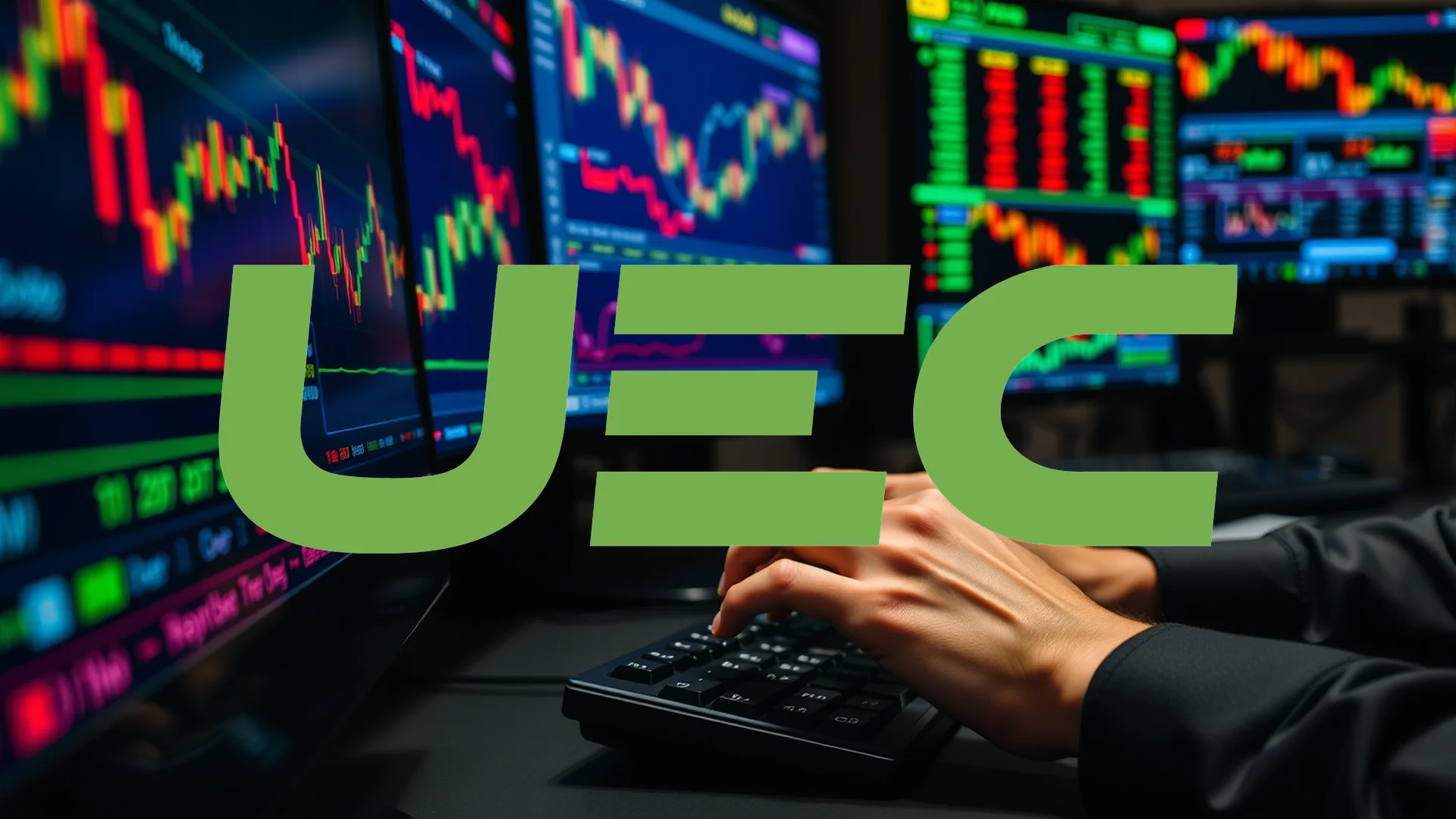Oaktree Specialty Lending faces significant headwinds as its portfolio health deteriorates. Recent analysis points to an inevitable decline in net asset value per share, raising serious questions about the sustainability of its shareholder payouts. Is this business development company (BDC) on an irreversible downward trajectory?
Portfolio Stress and Valuation Concerns
The market is already pricing in a pessimistic outlook for Oaktree. Shares currently trade at just 81% of book value, indicating investors value the company’s assets at $0.81 per dollar. While the P/E ratio of 8.7x aligns with sector averages, market experts suggest this merely reflects the anticipated NAV per share contraction.
Analyst consensus maintains a “Reduce” rating with limited price movement expected in either direction. However, one potential glimmer of hope emerges from short interest data: despite ongoing concerns, short positions declined by 12.84%, with a Days-to-Cover ratio of 4.05 days suggesting moderate short-selling pressure. Whether this indicates improving sentiment or simply profit-taking by short sellers remains unclear.
Deteriorating Credit Metrics Signal Trouble
Alarming trends are emerging within Oaktree’s investment portfolio. The crucial ratio of fair value to cost plummeted to 92.6% for fiscal 2025, down substantially from 96.1% the previous year. More concerning is the rise in non-accrual assets, which climbed to approximately 6.5% of the portfolio compared to 4.9% a year earlier.
Should investors sell immediately? Or is it worth buying Oaktree Specialty Lending?
- Non-accrual assets: ~6.5% (prior year: 4.9%)
- Fair value to cost (2025): 92.6% (prior year: 96.1%)
- Sequential improvement: Net investment income showed recovery in Q4 2025 versus Q3
Particularly troubling is that this credit quality erosion occurred despite two interest rate cuts this year that typically would support higher credit valuations.
Dividend Sustainability Under Scrutiny
The security of Oaktree’s dividend payments appears increasingly precarious. For fiscal 2025, the company generated $1.77 in net investment income per share but distributed $1.84 in dividends. With the newly reduced quarterly dividend of $0.40, the payout ratio would climb to a concerning 90.4% next year—assuming net investment income doesn’t decline further.
The critical question for investors remains: Can Oaktree reverse the negative trend in credit quality and secure its dividend payments long-term, or is further downside inevitable for this BDC?
Ad
Oaktree Specialty Lending Stock: Buy or Sell?! New Oaktree Specialty Lending Analysis from November 28 delivers the answer:
The latest Oaktree Specialty Lending figures speak for themselves: Urgent action needed for Oaktree Specialty Lending investors. Is it worth buying or should you sell? Find out what to do now in the current free analysis from November 28.
Oaktree Specialty Lending: Buy or sell? Read more here...











